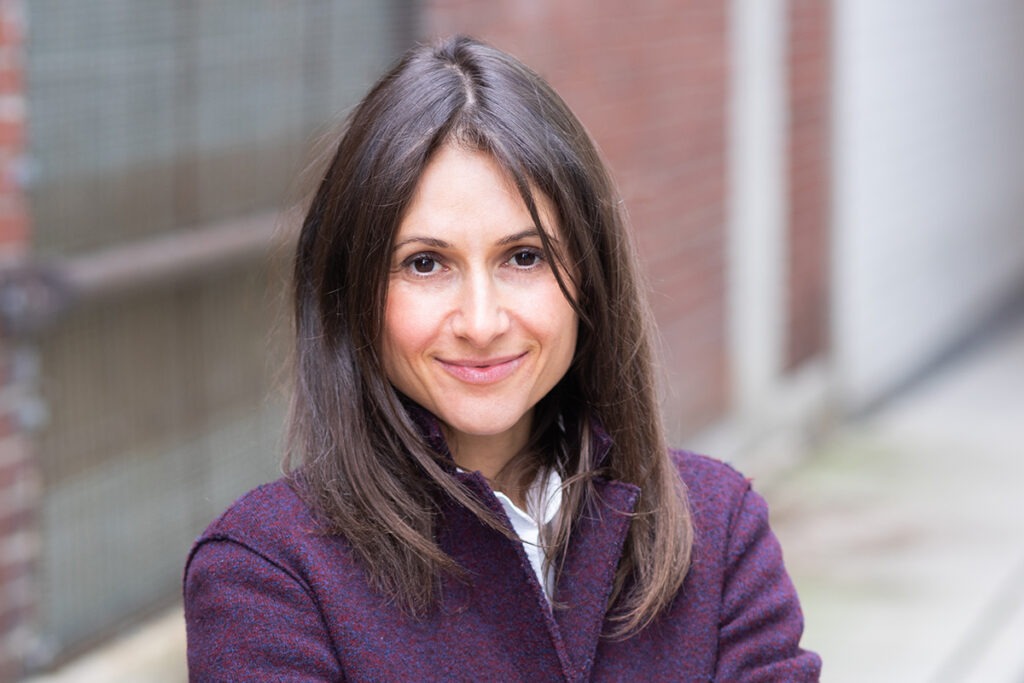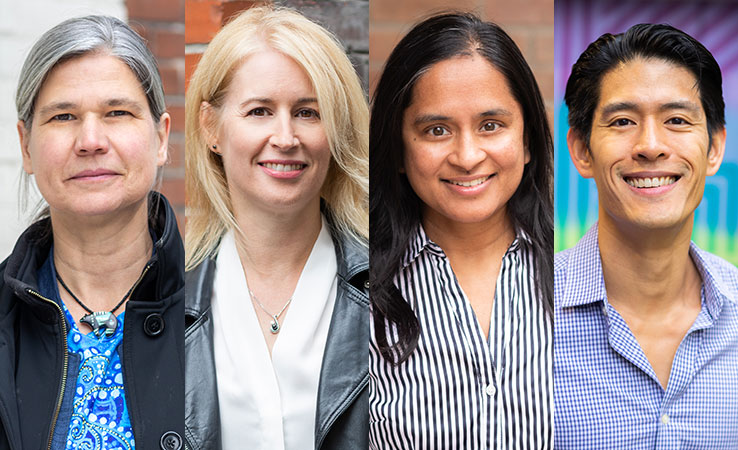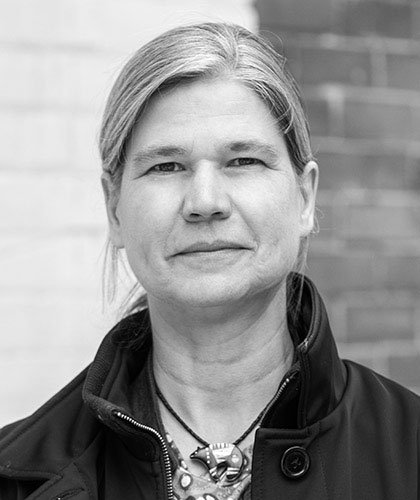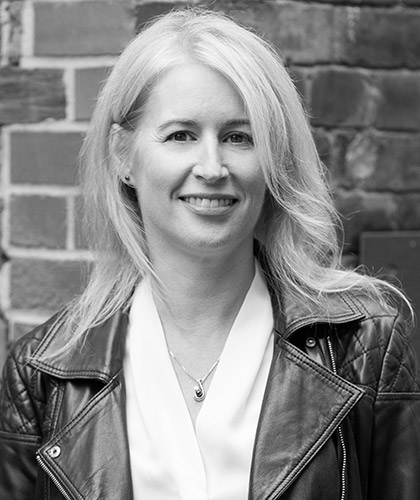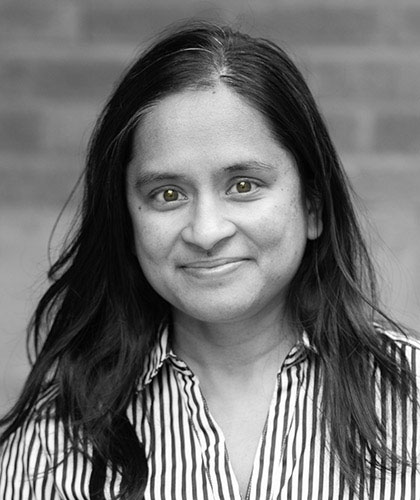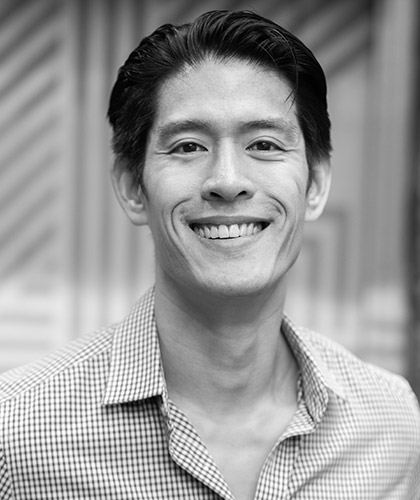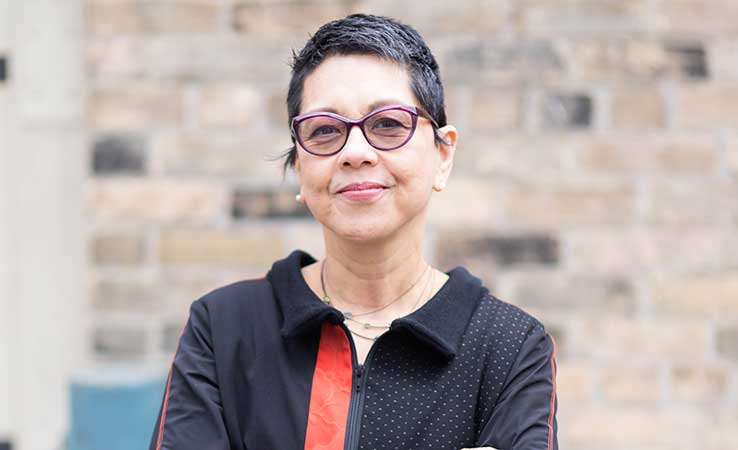The 23rd International AIDS Conference (AIDS 2020) was held virtually for the very first time and featured plenty of discussion about the current direction and future prospects for HIV prevention, diagnosis, and treatment. The conference was followed by a virtual COVID-19 summit. During the summit, a plenary session entitled, “Impact of COVID-19 in the Health Sector,” was held on July 10.
LaRon Nelson, Ph.D., RN, FNP, FNAP, FAAN, was one of the presenters at this plenary and gave a presentation entitled, “Anti-Black Racism and COVID-19 Inequities: Explaining the System, Exposing the Setup, and Exploring the Solutions.” Nelson is associate dean for Global Health and Equity and the Independence Foundation associate professor at the Yale School of Nursing. He also is the Ontario HIV Treatment Network research chair in Implementation Science with Black Communities, which is based in MAP Centre for Urban Health Solutions at St. Michael’s Hospital of Unity Health Toronto in Canada.
Nelson’s research investigates the use of multilevel interventions to optimize HIV prevention and treatment outcomes in African and African diaspora communities. Nelson’s research has been supported by the National Institutes of Health, the Centers for Disease Control and Prevention, Ontario HIV Treatment Network, Grand Challenges Canada, and the Canadian Institutes of Health Research.

